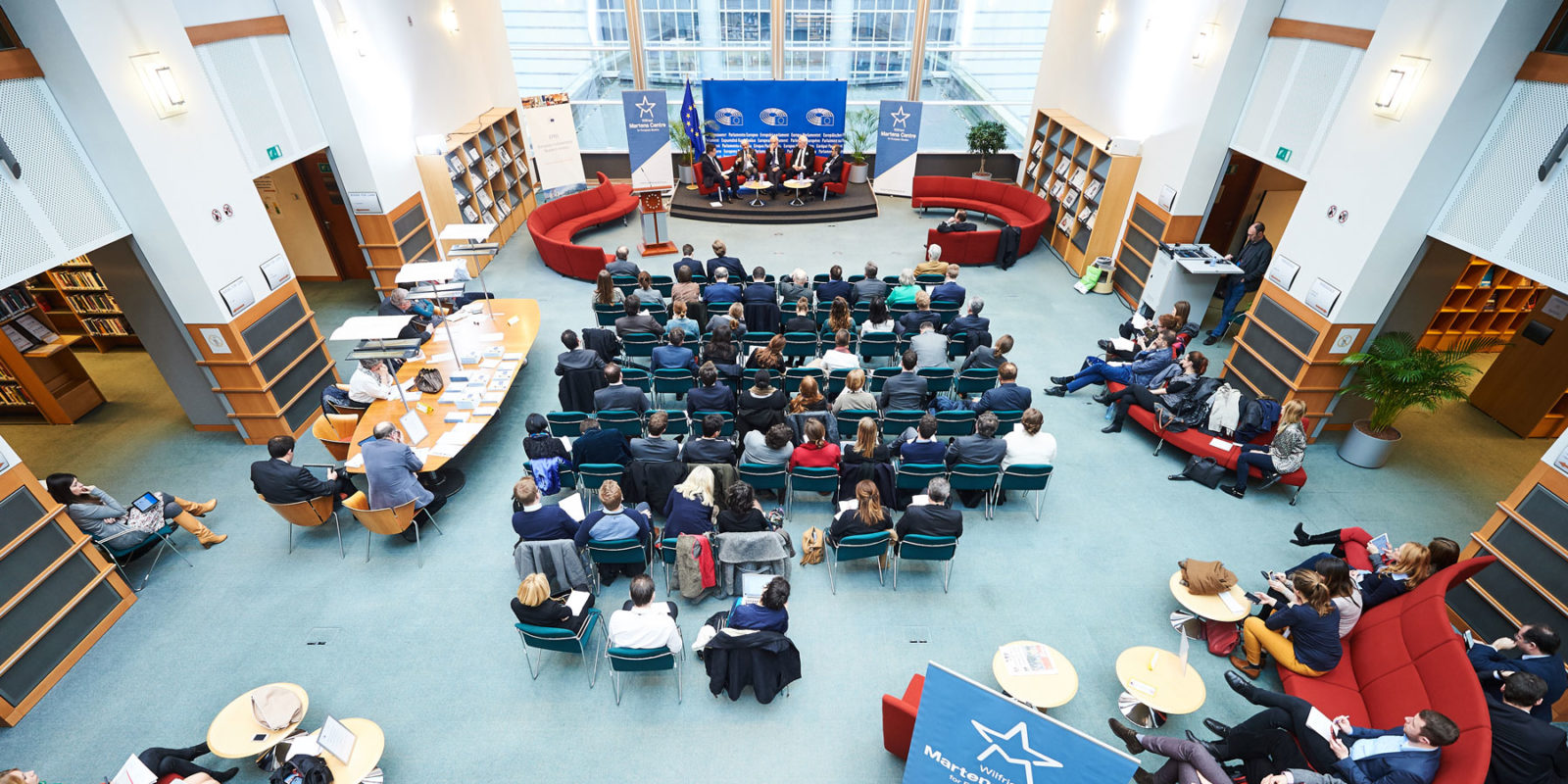Can Migration Alone Solve Europe’s Demographic Crisis?
You can re-watch the entire event’s live-stream below:
Eurostat reports that in 2020, the EU’s population decreased from 447.3 million to 447.0 million. This marks the first population fall in the EU-27 since World War II. Caused by a high death rate due to the COVID-19 pandemic and the sustained low birth rate, immigration from non-EU countries was no longer sufficient to fully offset the negative gap between births and deaths. Acknowledging that population growth or at least population stability is a key factor for economic growth, the EU and its members face challenging policy options.
Stimulating natural growth through family policies in their current form remains ineffective. Positive results have been seen in countries such as France and Sweden that empower women to work while having children; nevertheless, immigration remains fundamentally the only element able to produce population growth. However, immigration policy today is neither attuned to the needs of the EU labour market nor can it significantly reverse the ongoing trend of population ageing.
What approaches could the EU and its member states take to reverse these negative population and labour market trends? Could a more active and selective immigration be the solution? Could family policy be enhanced based on successful policy examples from within and outside the EU? Would changes in retirement age and pension regimes help?




